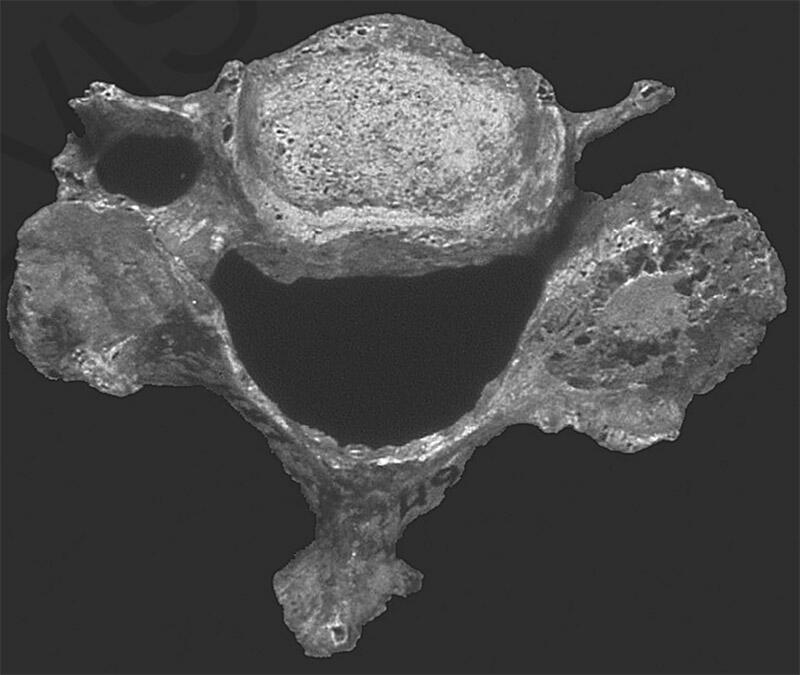"In spite of the challenges that face bioarchaeological research in South Asia, the results obtained from the investigations of the past 30 years have revolutionized our understanding of the peoples of the ancient Indus Valley, providing contemporary, scientifically informed interpretations from skeletal collections that were often collected decades ago. With the recent discoveries of new sites and cemeteries, the development of new methods of analysis, and the integration of human remains with archaeological data, the bioarchaeology of the Indus Valley civilization has a very promising future," (p. 182) writes the author in her essay in the excellent book A Companion to South Asia in the Past (Wiley, 2016). Dr. Lovell, a noted bioarchaeologist who has been working in the field during these past three decades carefully reviews the key components of Indus bioarchaeology, from biological affinities to paleopathology, infection, trauma, joint and dental disease, nutritional and metabolic disorders, even development and congenital disorders, all as they appear in the limited cemetery and burial record at Harappa, Kalibangan, Farmana and other Indus sites. There is more in her analysis, though "in some ways we are still at the stage of collecting data and describing skeletal features rather than attempting broader interpretive approaches, because the analysis of human remains is often poorly integrated with archaeological data. In addition, a continuing problem faced by researchers is that the skeletal samples examined and reported on are only small portions of the accumulated dead from the recognized burial areas, which may have been used for hundreds or thousands of years" (p. 180-1).
Nonetheless, there are many interesting strands of evidence in what is known: "However, some groundbreaking interpretations, based on the applications of new technologies and new perspectives, have been developed. For example, the results of biological affinities assessments indicate that Harappans of the urban phase were descendants of peoples from the northwestern sector of the Indian subcontinent, likely due to the movement of people along trade routes between Mesopotamia and the Indus Valley (Hemphill et al., 1991; Kennedy, 2000), and the phenotypic variability at Harappa suggests that matrilocality was a well‐entrenched cultural practice (Hemphill et al., 1991). The results of chemical analyses of teeth from Indus Valley sites are consistent with these interpretations, the data indicating that there were people of local origin and of nonlocal origin living at Harappa, with males from the northwestern and northeastern reaches of the Indus Valley migrating to Harappa (Kenoyer et al., 2013; Valentine, Chapter 12 in this volume; Valentine et al., 2015)" (p. 181).
The point on matrilocality (a pattern of marriage in which the groom resides with the bride's parents, as opposed to the more common patrilocal marriage, where the bride goes to live with the groom's kin) is fascinating of course, as Lovell writes: "Of particular interest are the results that point to within‐group phenotypic variability at Harappa: in contrast to a high degree of variability among males, females form a relatively homogeneous group and have closer affinities to individuals in the later period Cemetery H than to contemporaneous males buried in Cemetery R‐37 (Hemphill et al., 1991). Previously it was noted that males from rural sites in the Indus Valley can be discriminated from males in Cemetery R‐37 (Bartel, 1979), and these results considered together suggest that matrilocality was a cultural practice long established in the Indus Valley (Kennedy, 2000)" (p. 171).
A highly recommended, detailed article that describes some of the many lines of investigation casting new light on ancient Indus peoples.
Images: Arthritis of the posterior facet of a cervical vertebra in an adult male (H87/49h)

